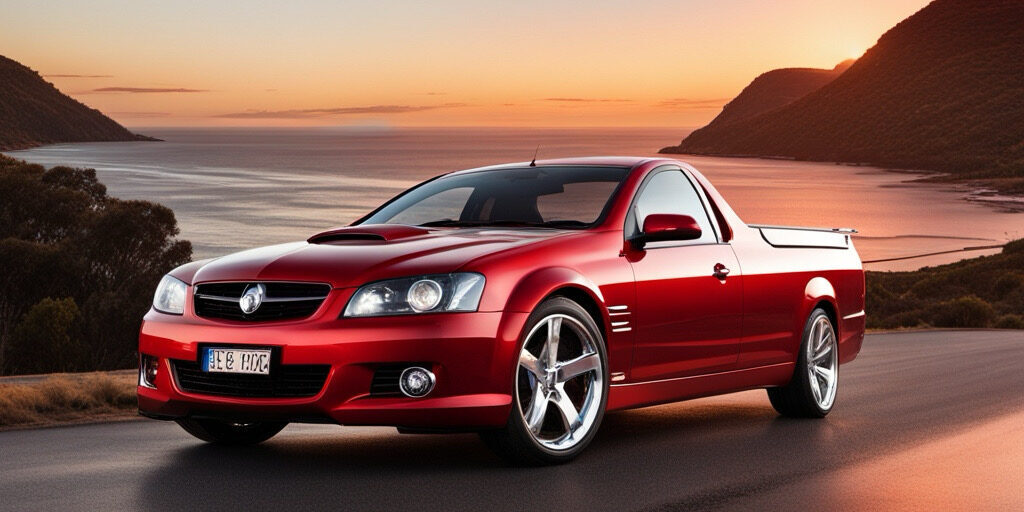Holden, one of Australia’s most iconic car manufacturers, has a rich history that stretches back over a century. Established in 1856 as a saddlery business, Holden later transitioned into the automobile industry and became a key player in Australia’s automotive landscape. The company’s success was built on a reputation for producing high-quality, reliable vehicles that captured the spirit of the Australian people.
Holden’s rise to prominence began in the mid-20th century when it entered into a partnership with General Motors (GM) in 1931. This collaboration allowed Holden to benefit from GM’s technical expertise, financial resources, and global reach, which in turn enabled the company to expand its production capacity and develop new models for the Australian market. Throughout the 1950s and 1960s, Holden dominated the Australian automotive industry, with its cars becoming synonymous with Australian identity and culture.
However, as the global automotive industry evolved, Holden faced increasing challenges that ultimately led to its demise. One of the key factors that contributed to Holden’s downfall was the rise of imported cars in the Australian market. With the removal of import tariffs in the 1980s, foreign car manufacturers were able to enter the Australian market more easily, offering consumers a wider range of choices and competitive pricing. This put pressure on Holden to adapt to changing consumer preferences and market dynamics.
Another factor that led to Holden’s decline was a shift in consumer preferences towards smaller, more fuel-efficient vehicles. Holden’s lineup of large, V8-powered sedans no longer resonated with the changing tastes of Australian car buyers, who were increasingly gravitating towards smaller, more efficient cars. Despite efforts to introduce smaller models such as the Barina and Astra, Holden struggled to compete in this new market environment.
In addition to changing market dynamics, internal issues within GM also played a role in Holden’s demise. Following the global financial crisis of 2008, GM faced financial difficulties and was forced to restructure its operations, which included downsizing and streamlining its global footprint. As part of this restructuring, GM made the decision to cease manufacturing operations in Australia, citing high production costs and low economies of scale as reasons for the closure of its Australian plants.
In 2017, GM announced that it would wind down Holden’s manufacturing operations in Australia, marking the end of an era for the iconic Australian brand. The closure of Holden’s manufacturing plants in Adelaide and Melbourne resulted in the loss of thousands of jobs and sent shockwaves throughout the Australian automotive industry.
Today, Holden exists only as a sales and service operation, with GM continuing to sell imported models under the Holden brand in Australia. While Holden still maintains a loyal following of enthusiasts and fans, the brand no longer holds the same significance it once did in the Australian automotive market.
In conclusion, Holden’s decline and eventual disappearance from the main markets can be attributed to a combination of factors, including changing market dynamics, shifting consumer preferences, and internal issues within GM. While Holden’s legacy as an iconic Australian brand will always be remembered, its fate serves as a cautionary tale for other car manufacturers facing similar challenges in an increasingly competitive and rapidly changing global automotive industry.

